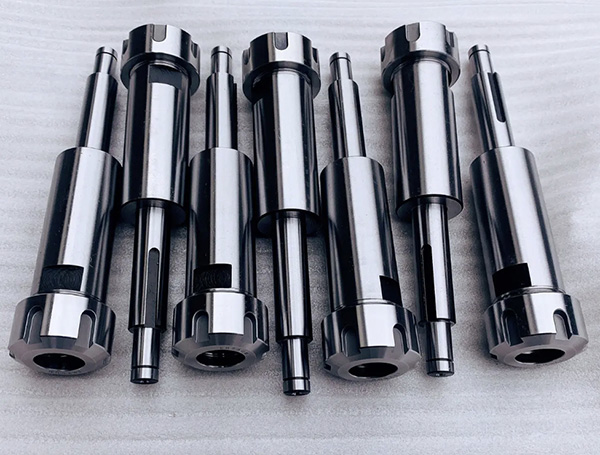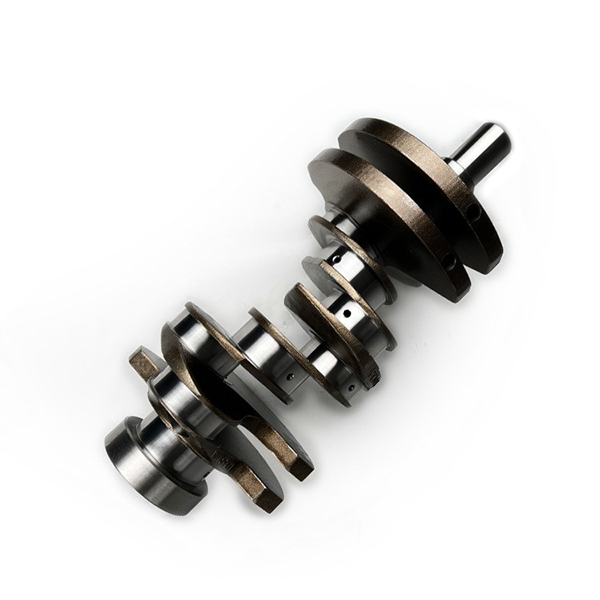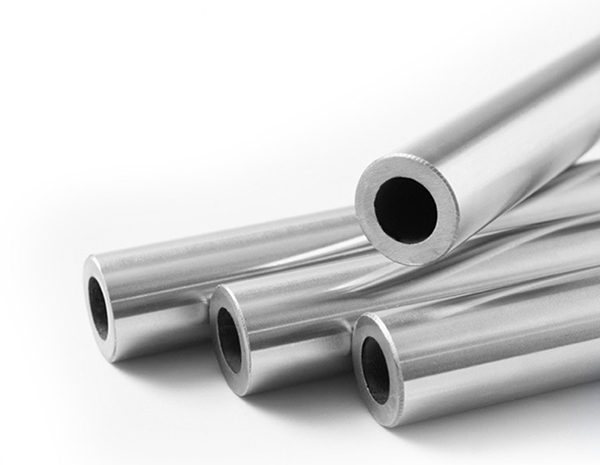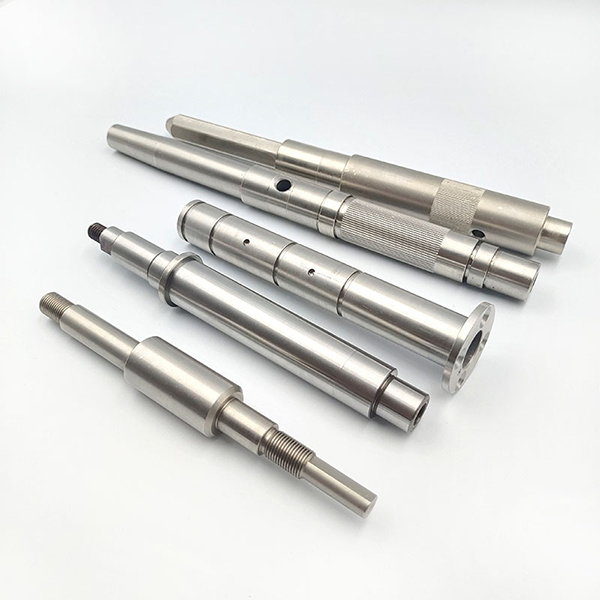








Material:Stainless Steel, Carbon Steel, Brass, Bronze, Alloy, Copper, Aluminum, Iron, Nylon, Plastic etc
Main Process: CNC turning, CNC milling, CNC Turning/Milling Compound, Wire Cutting, 5-axis Machining, EDM, Drilling, Grinding etc
Dimensions: Customized
Surface Treatment: Polishing/Sandblasted/Anodized/Chrome Plating/Nickle Plating/Zinc Plating/Silver plating/Carburizing/ Nitriding/ Heat Treatment etc
Standard: GB, EN, API650, China GB Code, JIS Code, TEMA, ASME
Application: Automobile parts, wind power generation equipment accessories, ER fluid, medical apparatus and instruments, machinery parts, lighting components, hardware accessories, electric motor products, medical equipment parts, electronic Industry, transportation Industry etc
Shaft components are common and critical basic elements in the mechanical manufacturing industry, widely used in various mechanical equipment such as automobiles, machine tools, ships, etc. The machining quality of shaft parts directly affects the performance and service life of the entire mechanical equipment. Therefore, mastering the machining process of shaft parts is of great significance for improving product quality and reducing production costs.
Shaft components can be divided into optical axis, stepped shaft, hollow shaft, and crankshaft according to their shape and structural characteristics. These parts need to meet high requirements for dimensional accuracy, shape accuracy, and surface quality during the machining process.
The machining process of shaft parts mainly includes the following steps: blank preparation, rough machining, semi precision machining, precision machining, heat treatment, grinding, and inspection.

Blank preparation is the first step in the machining of shaft parts, mainly including forging, casting, and welding methods. The quality of raw material preparation directly affects the smooth progress of subsequent processing and the final quality of the parts.
The main purpose of rough machining is to remove the excess on the surface of the blank, so that the shape of the part approaches the final requirement. Common rough machining methods include milling, turning, and planing.
Semi precision machining is the process of further adjusting the shape and size of parts based on rough machining, in preparation for subsequent precision machining. Semi precision machining usually uses methods such as milling and turning.
Precision machining is a crucial step in the machining of shaft components, requiring high dimensional accuracy and surface quality. The commonly used precision machining methods include grinding, grinding, and polishing.

Heat treatment is the process of improving the mechanical properties and wear resistance of parts by altering the internal structure of the material. Common heat treatment methods include annealing, normalizing, quenching, and tempering.
Grinding processing is mainly used to improve the surface quality of shaft parts to meet their usage requirements. Grinding processing can be divided into outer circle grinding, inner circle grinding, and end face grinding.
Inspection is the final step in the machining of shaft parts, mainly checking whether the size, shape, and surface quality of the parts meet the design requirements. The commonly used inspection methods include dimension measurement, geometric tolerance detection, and surface roughness detection.

Reasonably select cutting parameters and cutting tools to ensure machining efficiency and quality.
Strictly control the thermal deformation and vibration during the machining process to avoid affecting the machining accuracy of the parts.
Pay attention to the cleanliness and rust prevention of parts to prevent damage from iron filings and oil stains generated during the processing.
Regularly maintain and upkeep the processing equipment to ensure its normal operation and machining accuracy.
With the continuous advancement of technology and the rapid development of manufacturing industry, the machining technology of shaft parts is also constantly innovating and improving. In the future, the machining technology of shaft parts will develop in the following directions:
Efficiency: By adopting advanced cutting technology and processing equipment, processing efficiency is improved and production costs are reduced.
Precision: By optimizing machining processes and parameters, the machining accuracy and surface quality of parts can be improved.
Intelligence: Utilizing modern information technology and intelligent control technology to achieve automation and intelligence in the processing of shaft parts.

The machining process of shaft components is one of the key technologies in the mechanical manufacturing industry. Mastering the machining process of shaft components is of great significance for improving product quality and reducing production costs. In the future, with the continuous advancement of technology and the rapid development of manufacturing industry, the machining technology of shaft parts will continue to develop towards high efficiency, precision, and intelligence.



